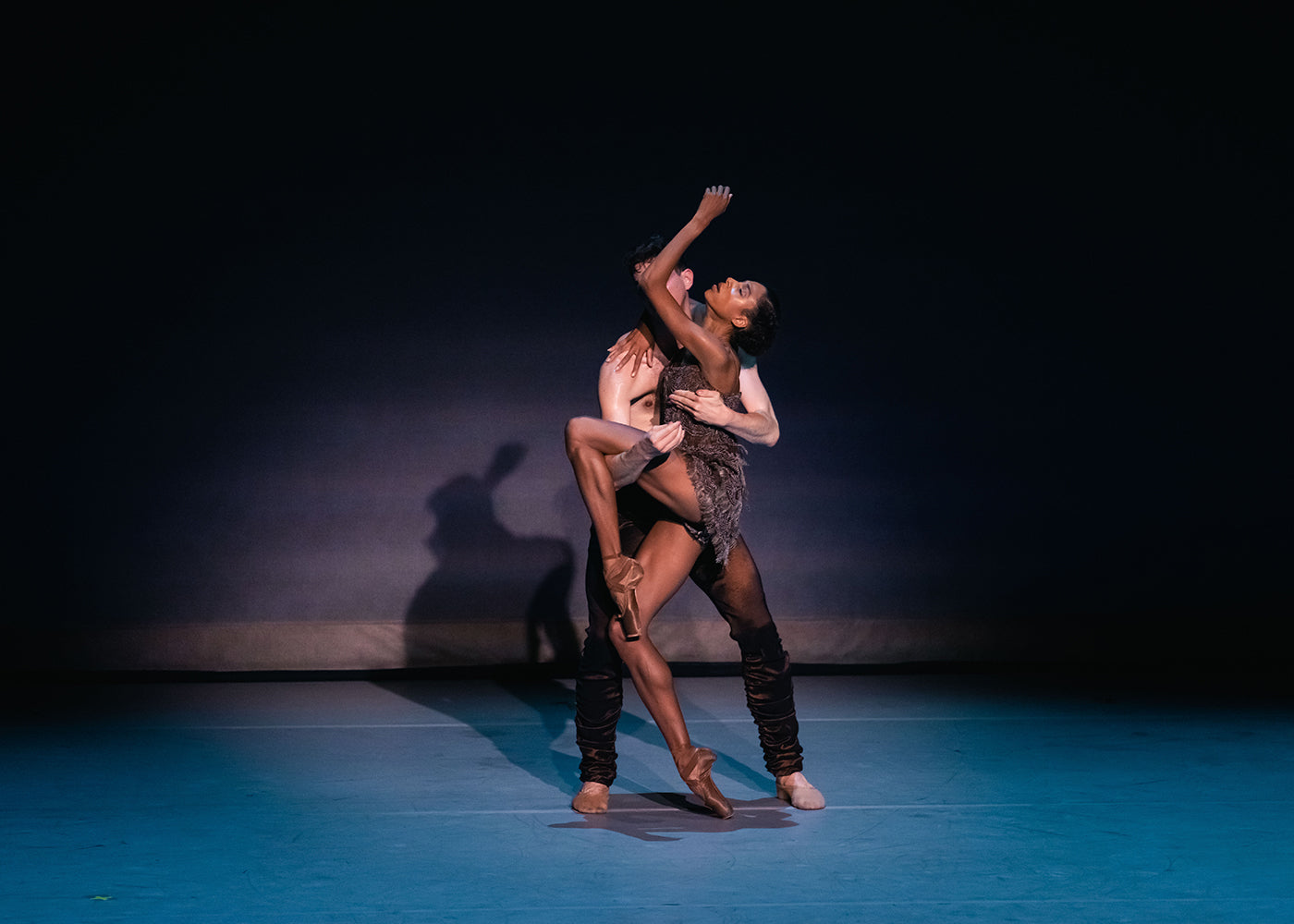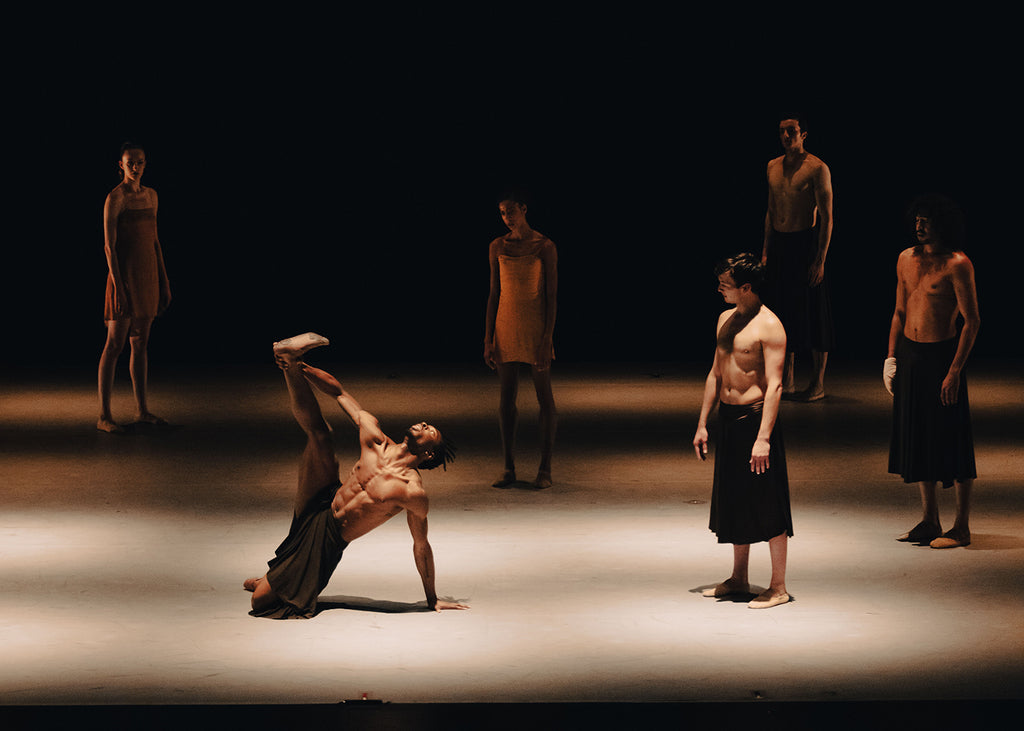Dreamscape
The surge protectors needed replacement after the Hofesh Shechter Company’s concluded four nights performing “Theatre of Dreams” at the Powerhouse: International festival in Gowanus, Brooklyn.
Continue Reading
World-class review of ballet and dance.
Choreography, for many, is a mystical art, and one that needs bodies on which to create movement. So, when the pandemic forced a lockdown in 2020, Alonzo King, artistic director and co-founder of the San Francisco-based Alonzo King Lines Ballet, did what he does best, albeit under far different circumstances: He worked inside the troupe’s studios, but in confined bubbles; he sculpted his dancers’ bodies outside at Golden Gate Park; and, among other places, he fashioned forms on a farm in Arizona, all in order to build work for the company’s 40th anniversary.
Performance
Place
Words



“Uncommonly intelligent, substantial coverage.”
Your weekly source for world-class dance reviews, interviews, articles, and more.
Already a paid subscriber? Login

The surge protectors needed replacement after the Hofesh Shechter Company’s concluded four nights performing “Theatre of Dreams” at the Powerhouse: International festival in Gowanus, Brooklyn.
Continue ReadingIn the 1996 comedy Multiplicity, Michael Keaton plays a man who decides to clone himself several times over in order to meet the demands of work and family. Chaos ensues. On November 14, San Francisco Opera premiered “The Monkey King” by Huang Ruo and David Henry Hwang. While the narrative features chaos, the line drawn between the 30-year-old film and this new opera is that the titular Monkey King is played by three performers; or one singer, one dancer, and a puppet; or, six performers total, because the puppet Monkey King requires three puppeteers. The Monkey King is an agent...
Continue ReadingIf classical ballet training—from Vaganova to Cecchetti—idealises effortlessness, silence, and a body almost freed from its own weight, modern dance insists on the opposite: the blunt truth that we are made of flesh and bone, and that this matter can itself become an instrument of power.
Continue ReadingTides and the gravitational pull of the moon informed the latest work of Denison University of Ohio dance faculty members Marion Ramirez and Ojeya Cruz Banks.
Continue Reading
comments